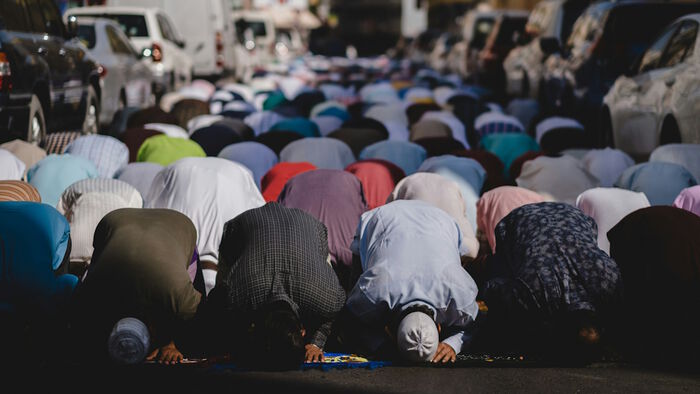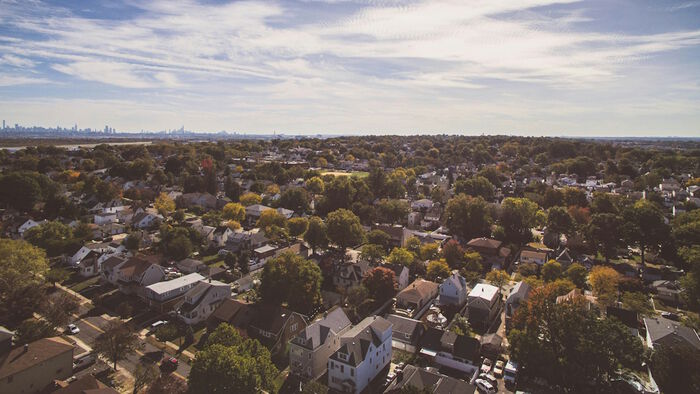This report was recently published in French by Fondation Jean-Jaurès, and published in Le Monde.
Extreme right violence – motivated by nationalism and authoritarianism – is on the rise in France. When comparing the periods 2015-2018 and 2019-2022, the country has witnessed an increase in right-wing violence from 30 to 35 severe attacks. Three attacks since 2019 have had a fatal outcome. Moreover, as part of the preliminary data collection from 2023, we have recorded at least 22 severe right-wing attacks, suggesting that the trend is indeed upwards.
A comparison between countries shows, that during the last three decades, France has had lower levels of right-wing violence than many of its neighboring countries. Between 1990 and 2022, France witnessed 14 fatal attacks, while there were 24 in Spain, 30 in the UK and as many as 98 in Germany. But in contrast to France, these countries have recently witnessed declining levels of right-wing violence.
Two types of right-wing violence
To make sense of the recent growth in France, we should distinguish between two types of right-wing violence: racist violence targeting ethnic and religious minorities and anti-left violence targeting political opponents. Both types of violence have long roots in the French society, and they account for almost all attacks in recent years.
The most common form of right-wing violence, both in France and elsewhere, is racist violence. Between 2015 and 2022, there has been about 41 severe attacks against ethnic and religious minorities in France, of which more than one third of them specifically targeted Muslims. Islamophobic sentiments in general, as well as violent reactions to Islamist terrorism, contribute to the overall levels of racist violence. In most of the remaining attacks, the perpetrator targeted someone he considered to be either an immigrant, foreigner asylum seeker and/or refugee. Given that French state policy limits reference to minorities, the information about the victims of violence is based exclusively on media reporting, and, in many cases, utterances made by the perpetrator(s) prior to, during or after the attacks.
Anti-left violence is the other common form of right-wing violence, which makes France stand out compared to many other countries in Western Europe. In fact, France had the second highest relative share of attacks targeting political opponents of all countries in Western Europe in 2022, behind Sweden. Since 2015, there have been 22 attacks targeting political opponents. Almost all these attacks have been directed at antifascist and left-wing activists. More generally, this type of anti-left violence reflects how increasing street presence by militant far-right groups, notably in Lyon, Paris, Nantes, Marseille, and Bourges, is challenged by opponents leading to fights, ambushes, and attacks on antifa bars.
Different dynamics
Beyond the target selection, the dynamics of racist and anti-left violence are quite different. The two types of violence are carried out by different kinds of perpetrators. While racist violence is typically committed by lone actors and unorganized groups, anti-left violence is generally carried out by organized groups, like Groupe Union Défense, Jeunesses Nationalistes révolutionnaires, and les Zouaves Paris, l’Action Française. Many of these groups have been banned precisely because of their involvement in violence.
The violence also takes place in different places. Racist violence seems to happen nearly everywhere. And while there are several attacks in bigger cities, many attacks take place in more rural areas and smaller towns. This is not the case with anti-left violence, however, which usually takes places in the street, almost exclusively in urban settings, reflecting that this violence may be an attempt to dominate public spaces of the bigger cities.
The context leading up to the attack is another aspect that differ. Most of the racist attacks seem to be completely unprovoked. The anti-left attacks, on the other hand, are perhaps better seen as examples of escalation of violence given that we often do not know “who started it”. These attacks often occur in a setting where far-right groups are violently targeting far-left counter-protesters. Attacks against political opponents are also more likely to be premediated rather than spontaneous compared to racist violence. For example, in 2019, more than ten far-right militants equipped with telescopic batons and teargas attacked the visitors of a far-left bar, the HoPoPop Café, in Nantes while yelling “where are the antifas?”
Political polarization
These two types of violence have developed differently in recent years. While the level of racist violence seems stable over time with 20 attacks between 2015 and 2018 and 21 attacks between 2019 and 2022, the anti-left violence has increased from 8 to 14 attacks when comparing the same periods. In fact, in 2023, most of the attacks were targeting political opponents. While more research is needed to explain this trend, two hypotheses seem plausible. First, more right-wing violence towards the left might simply reflect the fact that France has become more politically polarized in recent years, evidenced by results from the first presidential election in 2022. Second, and in line with scholarship linking levels of (right-wing) violent attacks to the public visibility, resonance, and legitimacy of such acts, the patterns we observe may also be related to the violent and nationalist discourse promoted by influential extreme-right actors.
.jpg)

.jpg?alt=listing)


